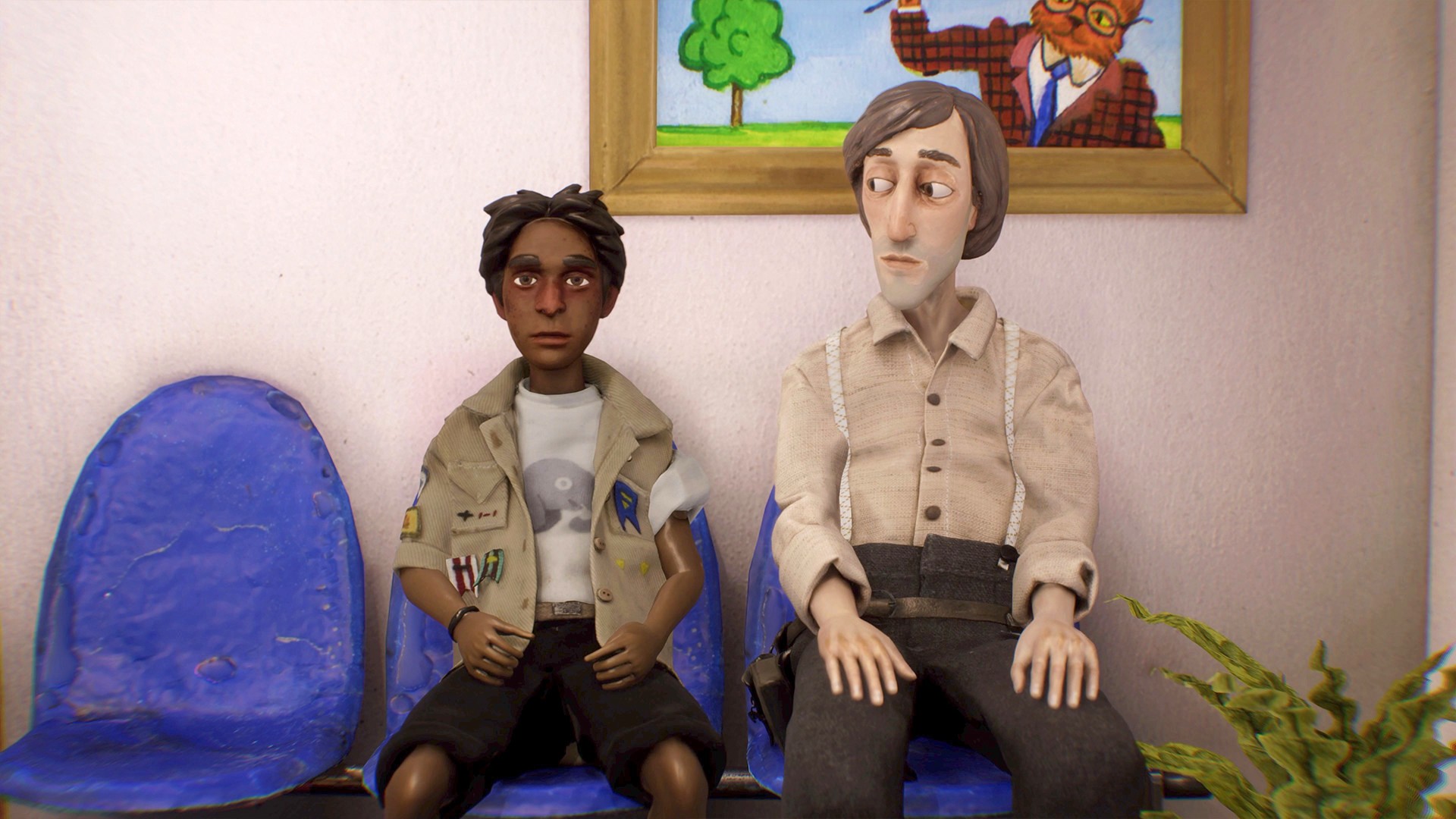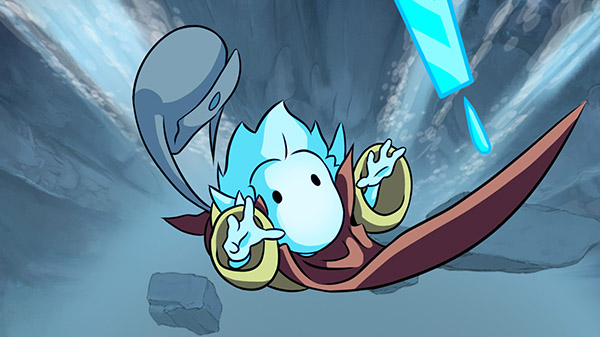Share
Vesper is a puzzle platformer about a little lone android trekking across a desparingly broken world. As said android, you’ll evade violent machines, harness the power of light, and discover the true purpose of your protocol. Let’s take a look at Cordens Interactive’s dystopian puzzle game and what makes it stand apart.

I’ll be very upfront in saying that I’m not going to talk a ton about the gameplay in this one. Let’s just get that out of the way. Vesper is a good puzzle game that may or may not challenge you. It doesn’t push boundaries with its platformer gameplay, nor does it have a never before seen feature or element to set it apart. You can control some enemies with your strange light wielding artefact gun, solve some puzzles, and ultimately escape and hide from every mob you run across. Again, this is a good puzzle platformer.
The entire art direction, though, is just so good that the puzzles at this point are just foggy memories to me. They’ve been thoroughly relegated to the back burner while the passenger seat is packed with smog filtered neon color, larger than life set pieces, and fields of cybernetically shining flowers, all contrasted by minimalistic and precise lines. Vesper is a work of art that needs to be seen and heard to be appreciated, and one that overcomes any issues that may arise with its gameplay. In a day and age filled with artistically spectacular and beautiful games, I can say with key confidence and without pause that Vesper is a visual experience that still stands apart.

The Story
The storytelling in Vesper is almost exclusively visual, being told through background scenes, glitched-out memories, and other subtle finds as you advance through the broken world. The stages are all cohesive, and the level design displays the story quite well while being purposefully linear.
Being primarily visually understood, there isn’t endless scrolling dialogue or esoteric text logs to piece together. Instead, the game has a show instead of telling mentality, and it works quite well considering the best parts of Vesper are the visuals. I don’t think it’s wrong to tell your story through text passage, especially in this game genre where it’s easier to do that. I’m just glad that Vesper doesn’t. The background visuals do quite a bit more to address the setting than I expected and, at specific points, left me eerily curious.
THE MUSIC AND ART
As mentioned previously, the art is incredible. Vesper’s pacing keeps you moving headlong at a steady pace from room to room, and puzzle to puzzle. At several points, the camera work and darkened corridors lit by the grim and often violent neon machinery would give way to colossal landscapes that present the scope of the world. It was in these moments that I found it hard to keep going, and had to stop to just take in and appreciate what I was seeing. And that’s just one kind of moment the game offers up. Everything in the game is beautiful to look at.
The music is a constant texture of changing patterns and reverberant thuds that occasionally presents itself as a cohesive track. I found myself really impressed by how the discordant and granular sounds would shift from room to room only to evolve at a moment’s notice into a rhythmic machine of anxiety-inducing beats. The music is a direct result of the place you’re in and sounds like the things you see around you. So much so that the noise of a door groaning to life blends into the soundscape naturally. Everything is connected. I know I mentioned I wouldn’t talk about the gameplay very much, but I must emphasize that I was so impressed by the auditory effects and visuals that the shallow nature of the puzzles didn’t bother me.

All in all, I would suggest Vesper to anyone who can look past its often mediocre gameplay and instead focus the cybernetically glimmering and glitched out gem within. I loved this game, and I won’t soon forget it, even if I don’t remember the gameplay.




